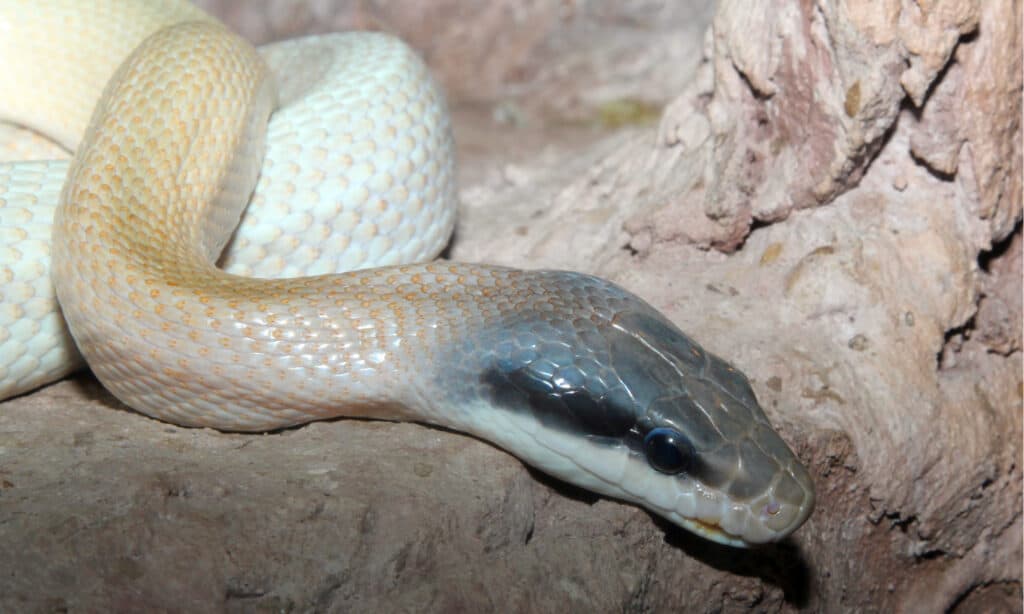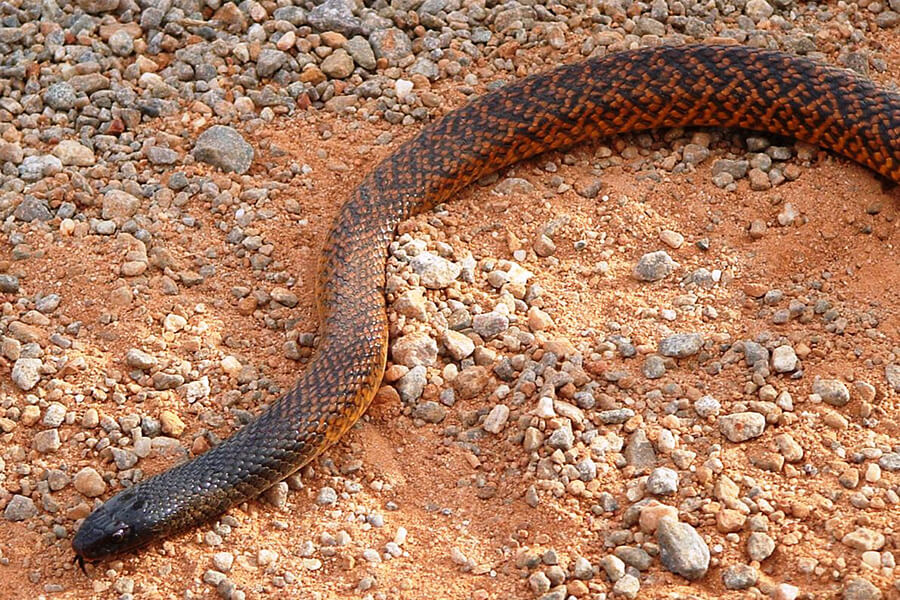Introduction
The tiger serpent is just one of Australia's the majority of infamous reptiles, been afraid for its powerful poison and aggressive character. This remarkable animal plays a vital function in the community, yet it typically deals with misconceptions that result in unneeded worry. In this comprehensive write-up, we will certainly delve into the globe of the tiger serpent, discovering its habitat, poison characteristics, and vital first aid techniques in situation of a snake bite.
Understanding the Tiger Serpent: Environment, Venom, and First Aid Essentials
Tiger serpents are mainly located along the southern shoreline of Australia, including Tasmania. They flourish in different environments such as wetlands, coastal areas, and also city locations. Their flexibility makes them effective predators; nevertheless, their distance to human habitats typically brings about experiences that can lead to bites.
This write-up intends to demystify tiger serpents by reviewing their environment choices, examining their poison make-up and impacts on human beings, and supplying essential first aid info for bites.
1. Tiger Snake Habitat: Where Do They Live?
1.1 Review of Tiger Serpent Distribution
Tiger serpents (Notechis scutatus) are largely found in southern Australia and Tasmania. They live in Click here for info various communities varying from coastal marshes to freshwater lakes.
- Coastal Areas: Tiger serpents are often discovered near shorelines where they search for fish and amphibians. Wetlands: These areas supply adequate concealing areas and bountiful prey. Urban Locations: As cities increase into natural environments, tiger snakes may be seen venturing into country gardens or parks.
1.2 Preferred Environments of Tiger Snakes
Tiger snakes prefer wet environments where water sources are conveniently offered. Their environments normally consist of:
- Marshes: The thick plant life allows them to ambush target effectively. Swamps: These areas offer sanctuary from predators while giving an abundant hunting ground. Riversides: Water bodies bring in several pets which work as food resources for these snakes.
1.3 Environmental Variables Affecting Habitat Choice
Several elements influence where tiger snakes select to stay:
- Temperature: Being ectothermic (cold-blooded), they need cozy atmospheres for ideal task levels. Prey Accessibility: High populations of frogs and little creatures attract these snakes. Shelter: Dense vegetation offers not just as camouflage however also as protection against prospective threats.
2. Are Tiger Snakes Venomous? Recognizing Their Venom
2.1 Composition of Tiger Serpent Venom
Yes! Tiger serpents are undoubtedly venomous creatures. Their poison is a complex mixture including neurotoxins that can cause paralysis and coagulopathies impacting blood clotting mechanisms.
Key Elements of Venom:
- Neurotoxins: Affect nerve feature bring about paralysis. Hemotoxins: Damages blood vessels triggering internal bleeding.
Understanding these elements assists us value the potency of a tiger serpent Additional resources bite.
2.2 Results of a Tiger Serpent Bite on Humans
A bite from a tiger snake can bring about extreme symptoms:
- Local Signs and symptoms: Discomfort, swelling, and staining at the bite site. Systemic Signs and symptoms: Nausea or vomiting, throwing up, difficulty taking a breath as a result of paralysis or tightness of airways.
Severity Levels
Minor Bite: Localized discomfort without systemic symptoms. Moderate Bite: Systemic signs and symptoms yet convenient with medical care. Severe Bite: Lethal; needs immediate medical intervention.3. Identifying Various Types of Tiger Snakes
3.1 Eastern vs Tasmanian Tiger Snakes
There are 2 main groups based upon geographic distribution:
Eastern Tiger Snake (Notechis scutatus)
Found along eastern coasts as much as Queensland.
Tasmanian Tiger Snake (Notechis scutatus)
Adapted specifically to Tasmania's special setting with a little varying pigmentation patterns.

3.2 Shade Variants in Habitat Preferences
Tiger serpents display significant color variations depending on their environment:
- Coastal populations commonly display stripes or spots for much better camouflage against sandy shores.
4. Actions Patterns of Tiger Snakes
4.1 Hostility Level
Tiger snakes are recognized for their hostile habits when endangered or cornered which can lead to protective strikes if provoked.
4.2 Searching Techniques
They possess remarkable dexterity allowing them to strike quickly at target such as frogs or little rats mainly during golden hours when they're most energetic-- making them nighttime hunters!
5. Emergency Treatment for Snake Bites: Vital Steps You Must Know
When it pertains to handling serpent bites, knowledge is vital!
5.1 Immediate Actions After a Bite
If bitten by a tiger snake:
Stay calm! Panic enhances heart rate which spreads poison much faster through your bloodstream.
Apply pressure around the wound utilizing tidy cloths-- prevent reducing or sucking out venom!
Remove tight clothing/jewelry near the bite site; swelling might happen rapidly.
Immobilize the impacted arm or leg utilizing splints if possible-- this restricts activity helping decrease venom spread!
5.2 Obtaining Medical Help
Seek emergency Venom spread restriction situation clinical assistance quickly! Time is important when handling potential envenomation from tiger serpents!
5.3 Emergency treatment Set Basics for Serpent Bites
Having a well-appointed first aid kit can make all the difference during emergency situations:
|Item|Summary|| ------|-------------|| Pressure Plaster|Assists immobilize wound|| Clean and sterile Gauze|For clothing wounds|| Emergency Get In Touch With Information|Quick gain access to numbers|| Antivenom Information|Expertise about local antivenoms|
6 FAQs Regarding Tiger Snakes
Q1: Are all tiger snakes dangerous?
A: While all have venomous capabilities impacting humans dramatically-- most favor evasion unless threatened!
Q2: How quickly does tiger snake venom affect humans?
A: Symptoms might show up within mins depending upon place & & amount infused during envenomation events!
Q3: Can you make it through a tiger snake bite without treatment?
A: Unattended attacks can be fatal due to fast progression; immediate treatment is crucial!
Q4: What must I do if I come across one?

A: Maintain distance & & pull back gradually; stay clear of abrupt movements that might prompt aggression!
Q5: Exactly how typical are bites from tiger snakes?
A: Although experiences happen frequently-- actual bites stay reasonably rare due mostly due preventive measures taken by citizens living within affected ranges.
Q6: Is there an antidote available?
A: Yes! Antivenoms specific for Australian types exist-- medical centers bring these medications prepared when required urgently post-bite incidents!

7 Conclusion
Understanding the ins and outs bordering "Comprehending the Tiger Snake: Environment, Poison, and First Aid Essentials" is paramount not only for personal safety and security yet also cultivating conjunction with these impressive creatures inhabiting Australia's landscape! By discovering more about their habits & & reliable action approaches pertaining to prospective encounters-- we equip ourselves better against unnecessary fears while valuing nature's diversity totally! So allow's welcome education rather fear-- it leads in the direction of consistency in between humankind wild animals alike!